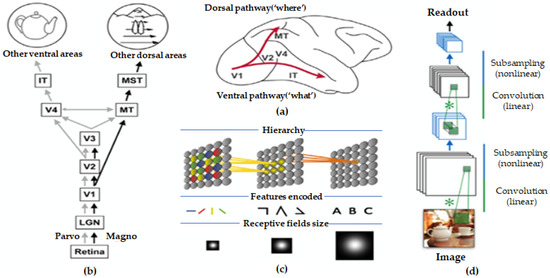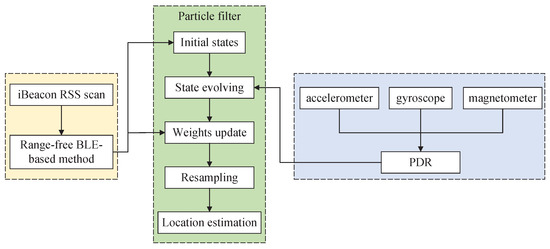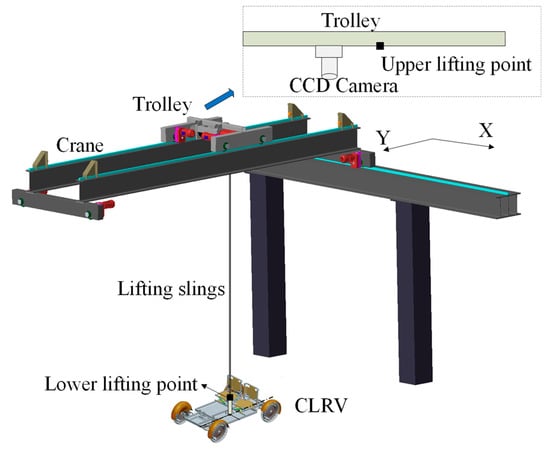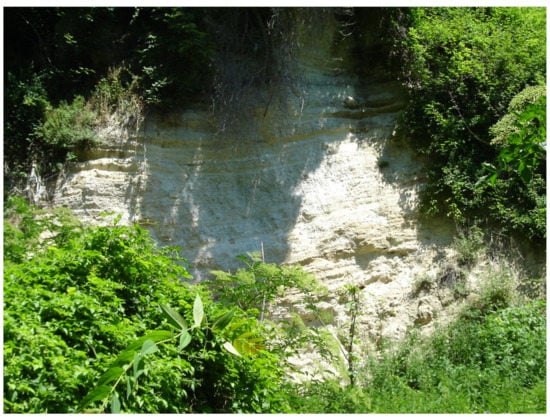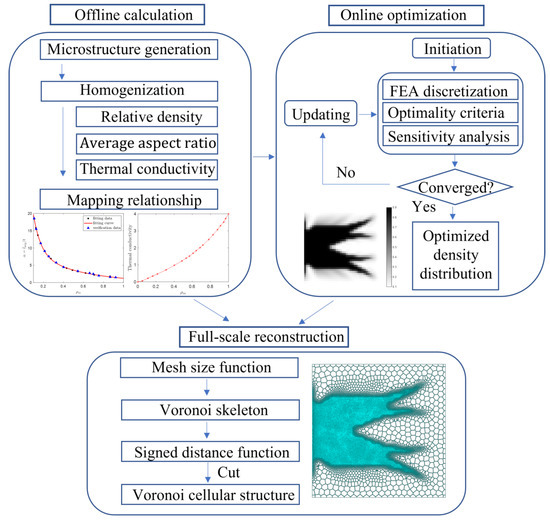1
Neurosciences Imaging and Clinical Sciences Department, University of Chieti-Pescara, 66100 Chieti, Italy
2
Odontostomatologic and Specialized Clinical Sciences Department, Università Politecnica delle Marche, Via Brecce Bianche 12, 60131 Ancona, Italy
3
Medical, Oral and Biotechnological Sciences Department, University of Chieti-Pescara, 66100 Chieti, Italy
4
Private Practice, via Raffaello 36/a, 31020 San Vendemiano, Italy
5
School of Dentistry, Saint Camillus International University for Health Sciences (Unicamillus), 00131 Rome, Italy
6
Facultad de Medicina, UCAM Universidad Catolica San Antonio de Murcia, Av. de los Jerónimos, 135, Guadalupe de Maciascoque, 30107 Murcia, Spain
Appl. Sci. 2023, 13(7), 4423; https://doi.org/10.3390/app13074423 - 30 Mar 2023
Cited by 9 | Viewed by 2825
Abstract
The study of the organizational kinetics in the area surrounding the transmucosal part of dental implants promises to ensure an accurate diagnosis of the healing process, in terms of osseointegration and long-term implant success. In this demonstrative work, the morphological, qualitative and quantitative
[...] Read more.
The study of the organizational kinetics in the area surrounding the transmucosal part of dental implants promises to ensure an accurate diagnosis of the healing process, in terms of osseointegration and long-term implant success. In this demonstrative work, the morphological, qualitative and quantitative characteristics of 3D images of collagen bundles obtained by synchrotron-based high-resolution X-ray tomography were analyzed. Data analysis was performed using deep learning algorithms, neural networks that were applied on multiple volumes extracted from connective portions of different patients. The neural network was trained with mutually consistent examples from different patients; in particular, we used a neural network model, U-Net, well established when applying deep learning to datasets of images. It was trained not only to distinguish the collagen fibers from the background, but also to subdivide the collagen bundles based on the orientation of the fibers. In fact, differently from conventional thresholding methods, deep learning semantic segmentation assigns a label to each pixel, not only relying on grey level distribution but also on the image morphometric (shape or direction) characteristics. With the exception of Pt2 biopsies that, as confirmed by the polarized light investigation, were shown to present an immature tissue condition, the quantity, the anisotropy degree and the connectivity density of transverse bundles were always demonstrated to be higher than for longitudinal ones. These are interesting and new data; indeed, as collagen bundles are organized in an intertwining pattern, these morphometric and 3D complexity parameters, distinguished in transversal and longitudinal directions, give precise indications on the amount and distribution of connective tissue forces exerted during the healing process.
Full article
(This article belongs to the Special Issue Oral and Implant Health)
▼
Show Figures


